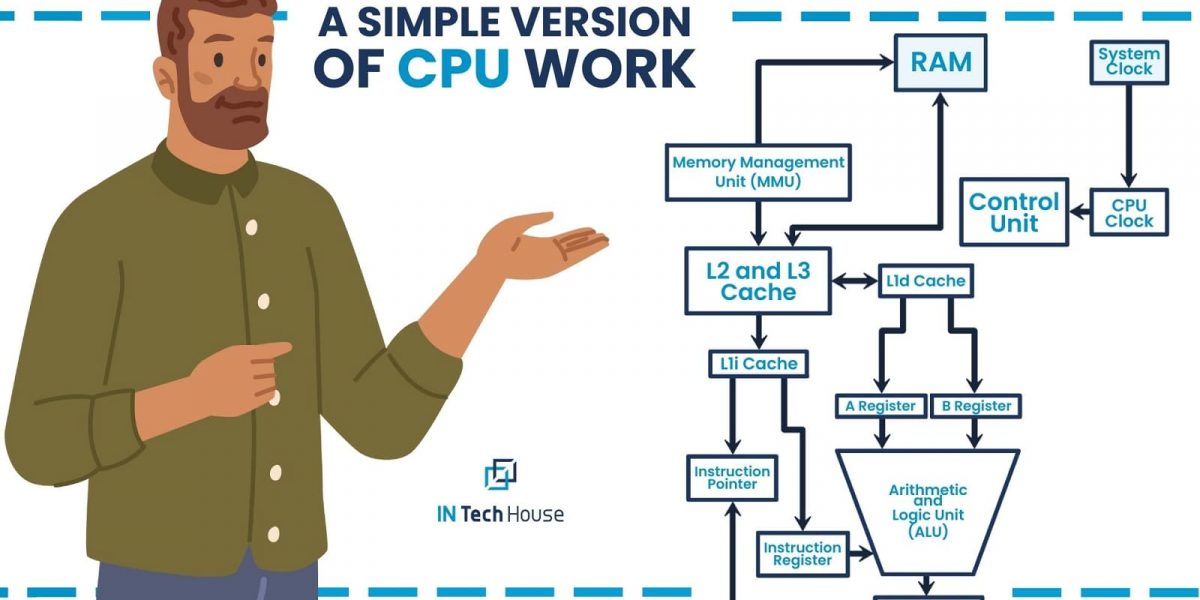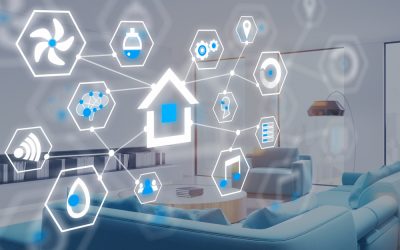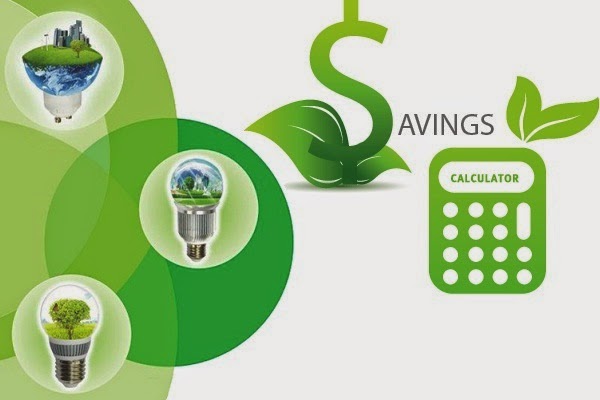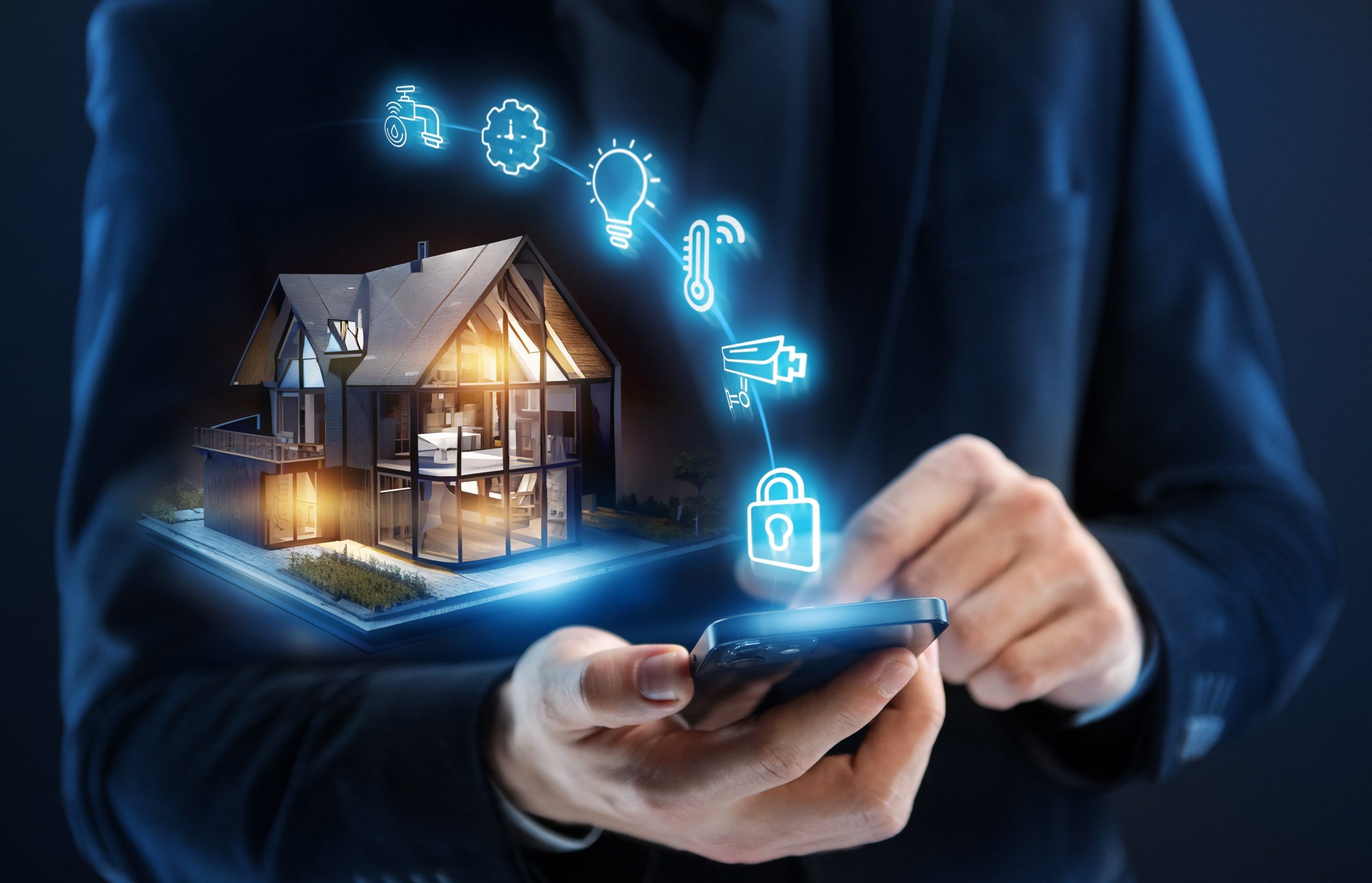Hey there, smart home enthusiasts! Ever wondered what’s really happening behind the scenes when you tell your voice assistant to dim the lights or when your thermostat automatically adjusts the temperature just the way you like it? The magic all starts with something called a central control unit – think of it as the brilliant brain that orchestrates your entire smart home symphony. Today we’re going to pull back the curtain and explore exactly how these incredible devices work, from processing commands to managing devices, and trust me, once you understand what’s happening under the hood, you’ll appreciate your smart home setup on a whole new level!
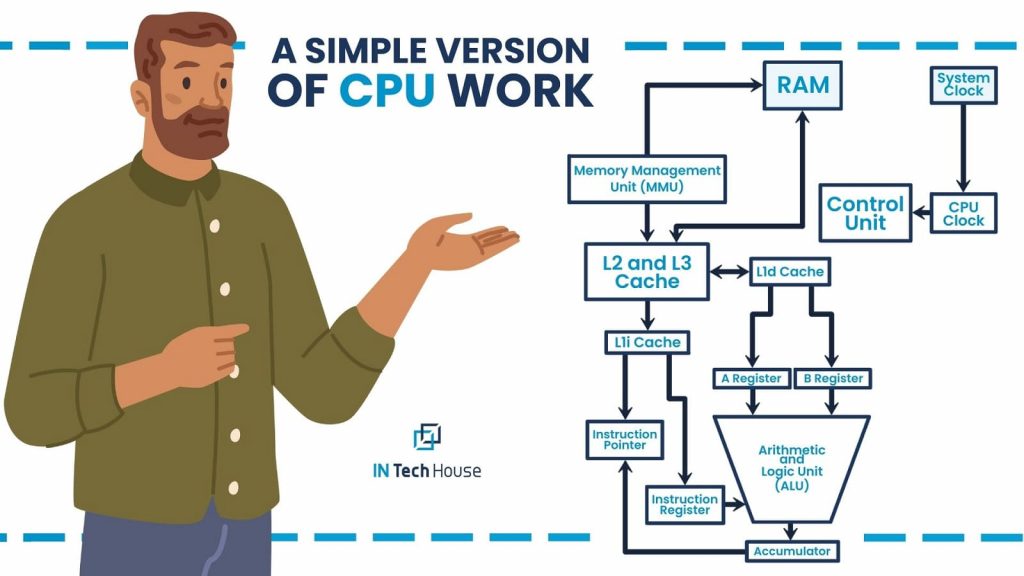
Understanding Central Control Unit Architecture
The central control unit serves as the mastermind behind every smart home operation, functioning like a sophisticated computer specifically designed to manage, coordinate, and optimize all your connected devices. At its core, this remarkable piece of technology houses powerful processors, memory systems, and multiple communication interfaces that work together seamlessly to create the intelligent automation experience you’ve come to love and depend on daily.
Modern central control units utilize advanced microprocessors capable of handling thousands of simultaneous operations while maintaining lightning-fast response times. These processors execute complex automation logic, process sensor data, manage device communications, and coordinate responses across your entire smart home ecosystem. The processing power required varies dramatically depending on the number of connected devices and the complexity of automation routines, but even entry-level control units pack impressive computational capabilities.
Memory management within central control units involves both volatile RAM for active operations and non-volatile storage for configuration data, automation rules, and historical information. The system continuously juggles active processes in RAM while preserving important settings and learned behaviors in permanent storage. This dual-memory approach ensures your smart home maintains its intelligence and configuration even during power outages, automatically resuming normal operations when electricity returns.
Device Communication Protocols and Network Management
Central control units must speak multiple languages fluently to communicate effectively with the diverse array of smart devices in modern homes. These systems typically support numerous communication protocols including WiFi, Zigbee, Z-Wave, Bluetooth, and emerging standards like Matter, allowing them to coordinate devices from different manufacturers seamlessly within a single unified system.
Protocol management involves constantly monitoring communication channels, managing device discovery, maintaining connection quality, and optimizing network performance across all supported standards. The control unit acts as a universal translator, converting commands and data between different protocols while ensuring reliable communication regardless of the underlying technology each device uses.
Network topology optimization represents one of the most sophisticated functions performed by central control units. These systems analyze signal strength, communication reliability, and network congestion to automatically optimize device routing and communication paths. Mesh network protocols like Zigbee and Z-Wave particularly benefit from this intelligent network management, as control units can identify optimal routing paths and automatically reconfigure networks when devices are added, removed, or relocated.
Automation Logic Processing and Rule Execution
The true intelligence of central control units emerges through their ability to process complex automation logic and execute sophisticated rules based on multiple inputs and conditions. These systems can simultaneously monitor hundreds of sensors, evaluate dozens of conditional statements, and coordinate responses across numerous devices, all while maintaining precise timing and logical consistency.
Rule processing engines within control units utilize event-driven architectures that respond immediately to sensor inputs, timer events, and user commands. When motion is detected in your hallway at night, the control unit instantly evaluates lighting conditions, time of day, occupancy patterns, and user preferences to determine the appropriate response. This processing happens in milliseconds, creating the seamless automation experience that makes smart homes feel truly intelligent.
Machine learning capabilities in advanced central control units allow these systems to automatically optimize automation rules based on observed patterns and user behaviors. Over time, the control unit learns your preferences and habits, automatically adjusting lighting schedules, temperature setpoints, and security protocols to better match your lifestyle without requiring manual programming changes.
Real Time Data Processing and System Monitoring
Central control units continuously process real time data streams from dozens or hundreds of connected sensors, maintaining an up-to-the-minute understanding of conditions throughout your home. Temperature sensors, motion detectors, door contacts, light sensors, and environmental monitors all feed information into the control unit’s processing engine, creating a comprehensive digital representation of your home’s current state.
Data fusion algorithms combine information from multiple sensors to create more accurate and reliable environmental assessments. Rather than relying on a single temperature sensor, the control unit might average readings from multiple locations, weight recent measurements more heavily than older data, and factor in occupancy patterns to determine optimal heating and cooling responses.
System monitoring extends beyond sensor data to include device health monitoring, communication quality assessment, and performance optimization. The control unit tracks response times, identifies devices experiencing communication issues, monitors battery levels in wireless devices, and proactively alerts users to potential problems before they affect system functionality.
User Interface Integration and Mobile Connectivity
Modern central control units provide sophisticated user interface capabilities through multiple channels including dedicated touchscreen displays, smartphone applications, voice commands, and web-based control panels. These interfaces translate complex system operations into intuitive controls that allow users to monitor, adjust, and program their smart home systems without technical expertise.
Mobile application integration enables remote monitoring and control capabilities that extend your smart home’s reach beyond physical boundaries. Whether you’re at work, traveling, or simply in another room, the control unit maintains secure connections that allow real-time system access through encrypted communication channels. These mobile connections often utilize both local network access and cloud-based services to ensure reliable connectivity regardless of location.
Voice command processing represents an increasingly important interface method that control units support through integration with popular voice assistants. The control unit translates natural language commands into specific device actions, enabling intuitive control through simple spoken requests. Advanced systems can understand complex commands involving multiple devices and conditions, executing sophisticated automation sequences through voice interaction alone.
Security Features and Data Protection Systems
Security implementation within central control units involves multiple layers of protection designed to prevent unauthorized access while maintaining system functionality and user convenience. Encryption protocols protect communication between the control unit and connected devices, ensuring that sensitive information like security codes, usage patterns, and automation schedules remain private and secure.
Access control systems within control units manage user permissions, device authorization, and administrative functions through sophisticated authentication mechanisms. Multi-factor authentication, encrypted communication channels, and regular security updates help protect against both local and remote security threats while maintaining the convenience and accessibility that makes smart homes valuable.
Data protection extends to backup and recovery systems that preserve automation rules, device configurations, and user preferences even during system failures or security incidents. As we discussed in our previous exploration of what happens during power outages, robust backup systems ensure your smart home configuration survives various failure scenarios and can be quickly restored when needed.
System Updates and Maintenance Protocols
Central control units require regular software updates to maintain security, add new features, and improve compatibility with emerging smart home devices. These systems typically support both automatic and manual update mechanisms, allowing users to choose their preferred balance between convenience and control over system changes.
Update management involves careful coordination to ensure system stability during upgrade processes. The control unit must maintain essential functions like security monitoring and environmental control even while updating non-critical features. Progressive update systems can update individual components without disrupting overall system functionality, minimizing downtime and user inconvenience.
Maintenance protocols include automated diagnostic routines, system health checks, and performance optimization procedures that run regularly to ensure optimal operation. These background processes identify potential issues, optimize system performance, and maintain database integrity without requiring user intervention, contributing to the reliable operation that users expect from professional-grade smart home systems.
Performance Optimization and Resource Management
Central control units continuously optimize their performance through intelligent resource management, load balancing, and priority-based task scheduling. Critical functions like security monitoring and emergency responses receive highest priority, while convenience features and optimization routines operate at lower priority levels to ensure responsive system behavior.
Memory management algorithms optimize RAM usage by intelligently caching frequently accessed data while releasing memory from inactive processes. This dynamic memory allocation ensures smooth operation even when managing hundreds of devices and complex automation routines simultaneously. Storage optimization includes data compression, archival of historical information, and cleanup of temporary files to maintain system responsiveness over time.
Processing load balancing distributes computational tasks across available resources while maintaining real-time responsiveness for critical functions. Advanced control units can dynamically adjust processing priorities based on current system load, user activity patterns, and automation complexity, ensuring consistent performance regardless of system demands.
Integration Capabilities and Ecosystem Compatibility
Modern central control units support extensive integration capabilities that enable connection with diverse smart home ecosystems and third-party services. These integrations extend system functionality beyond basic device control to include weather services, energy monitoring, security system connectivity, and integration with broader home management platforms.
API support enables custom integrations and advanced automation possibilities through standardized communication interfaces. Developers and advanced users can create custom automations, integrate specialized devices, and connect smart home systems with business applications, home energy management systems, and other specialized platforms through these programming interfaces.
Ecosystem compatibility ensures central control units work effectively with devices from multiple manufacturers while maintaining unified control and automation capabilities. Rather than forcing users to choose devices from a single manufacturer, quality control units provide broad compatibility that preserves user choice while delivering seamless integration and coordinated functionality.
Future Technology Integration and Scalability
Central control units are designed with scalability in mind, supporting system growth from basic automation to comprehensive smart home installations. Modular architectures allow adding communication modules, expanding processing capabilities, and integrating new technologies as they become available without replacing the entire control system.
Artificial intelligence integration represents an exciting frontier for central control unit development. Advanced learning algorithms, predictive analytics, and autonomous optimization capabilities promise to make smart homes even more intelligent and responsive to user needs. These AI capabilities will likely integrate seamlessly with existing control systems through software updates and hardware expansion modules.
Edge computing capabilities in future control units will reduce dependence on cloud services while improving response times and privacy protection. By processing more intelligence locally, control units can provide faster automation responses, better privacy protection, and improved reliability during internet connectivity issues, building on the offline capabilities we explored in previous discussions about internet outage scenarios.
Central control units represent the technological heart of modern smart home systems, orchestrating complex interactions between diverse devices while maintaining the reliability and responsiveness that users depend on daily. Understanding how these remarkable systems work helps appreciate the sophisticated engineering that makes seamless home automation possible.
The continued evolution of central control unit technology promises even more capable and intelligent smart home systems in the future. As processing power increases, communication standards improve, and artificial intelligence becomes more sophisticated, central control units will continue enabling more intuitive, efficient, and capable smart home experiences for homeowners worldwide.
